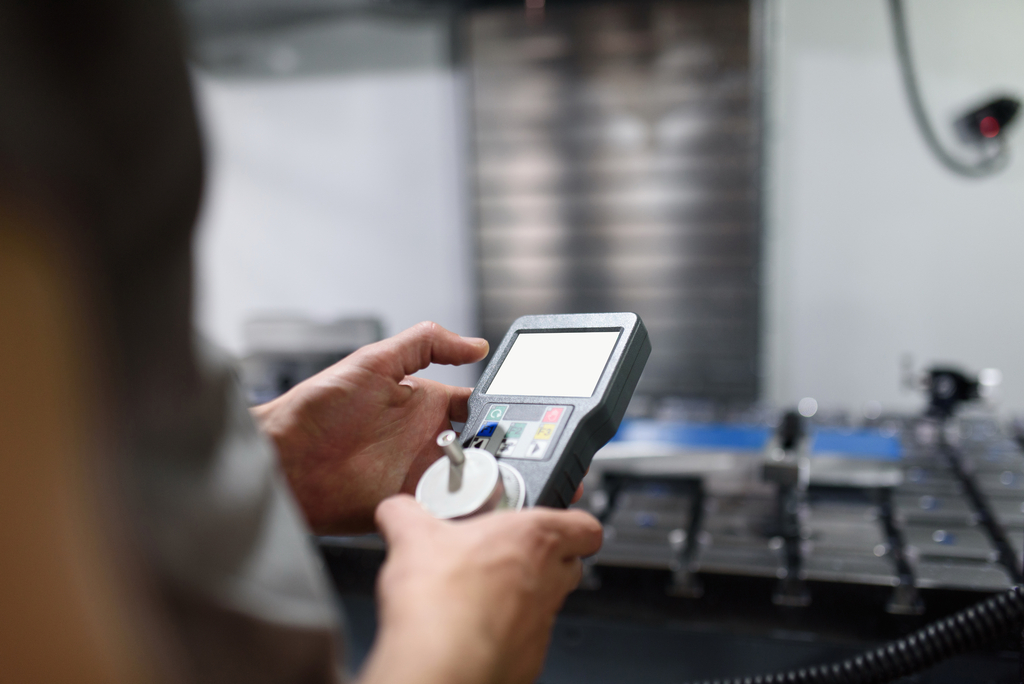Compliance with Japanese Radio Law and
Ensuring communication network stability
Meets Japanese technical standards to prevent radio interference
Ensure stable communication quality


We support the evaluation and verification of compliance with each country’s technical requirements through product testing, inspection, and certification services.
All wireless transmitters and receivers must be certified under the Radio Law for use or sale in Japan.
If used without certification, sanctions such as legal punishment, product confiscation, and sales suspension will follow.
The Japanese government officially manages certified devices by registering them as “devices that meet technical standards.”
Japanese technical standards conformity certification is based on the following laws and regulations.
Applies to all wireless transmitters and receivers.
Specific wireless equipment
Wi-Fi, Bluetooth, LTE/5G, Zigbee, RFID, LoRa
low-power wireless devices
NB-IoT, SRD, FeliCa 등
Other special purpose devices
Industrial wireless devices, vehicle-mounted wireless equipment
wireless module
RF module (but may require recertification at the end-product level)
The most common authentication method. The RCB issues a certificate after testing and review.
Manufacturers must submit documents to the MIC for registration. For some special devices.
The manufacturer confirms compliance after self-testing, without any intervention from a certification agency.
low-power short-range wireless devices
Application for certification

Test progress

Authentication application

Certificate issuance